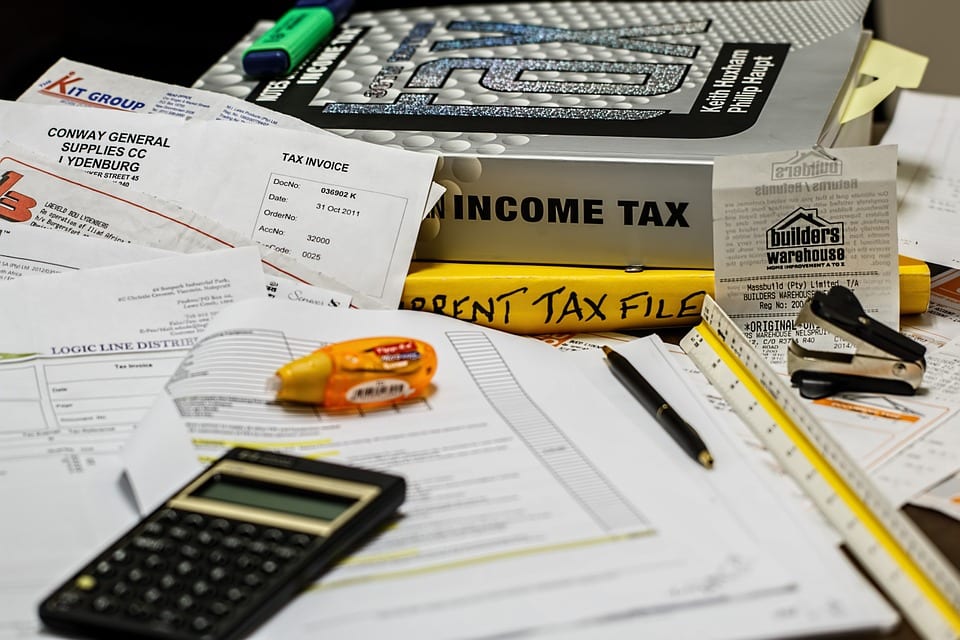 Involuntary servitude and traditional slavery, as it is widely understood, is largely absent from modern America. However, debt slavery is not only present in these United States, but is a main foundation on which American society exists.
Involuntary servitude and traditional slavery, as it is widely understood, is largely absent from modern America. However, debt slavery is not only present in these United States, but is a main foundation on which American society exists.
Furthermore, most Americans not only are subject to this system, but have also willingly permitted themselves to be become so enslaved. The majority of Americans are either in debt, are accumulating more debt, or attempting to pay off debts that were in the past accumulated. This private form of debt consists of credit cards, medical bills, home mortgage and automobile payments, and other types of debt.
Furthermore, anyone who participates in the larger economy, and even those who don’t, are to a larger or lesser degree, subject to the debt imposed by the local and national government. It is practically impossible to escape the various forms of taxation that is imposed upon the inhabitants of the United States. If one lives in a home or rents an apartment, one directly or indirectly must pay property taxes. Refusal to pay such a tax could eventually lead to ones removal from one’s house or other dwelling. Property taxes are primarily used to fund the local schools, police and fire departments. The primary education system is, in fact, the largest consumer of tax dollars, exceeding the military and all other governmental entities. One has to wonder how beneficial is the use of tax dollars to finance such an institution, when the average primary school student in the United States, is deficient, when compared to other industrialized nations, in the matters of mathematics, reading, and science. The literacy rate in the United States is actually lower today than before the creation of public education. Not only was the literacy rate higher, but the level of literacy was measurably superior to that held today by the average person in this United States.
The United States Constitution forbids the government from exercising something called double jeopardy. Double jeopardy holds that a citizen may not be prosecuted, fined, imprisoned, or otherwise punished, twice, for an identical offence or action.
Double jeopardy is usually applied to criminal offenses. For example, if one is charged with murder, and a jury determines that you are innocent of such offense, the State cannot prosecute such person continually for the same offense. Most people do not realize that the double jeopardy protection only applies if such person is found innocent by every member of the jury. If even one person on the jury determines that such person is guilty, the State may subsequently prosecute such person as many times as it so chooses, until a subsequent jury unanimously determines that such person is not guilty, or innocent, of such charges.
Many courts have determined that double jeopardy does not apply to civil matters. But, it should. Property taxes that are applied to the citizenry on an annual basis are a form of double jeopardy, or punishment through taxation. Why should one be required to pay such taxes on his or her property, year after year? Taxation is a form of punishment, in some ways similar to imprisonment. Taxation applied in an onerous fashion, constitute a form of debt slavery, where the individual subject to such taxation is continually impoverished by its application.
The income tax is another form of debt slavery. The income tax was created during World War II as a measure to help finance the war. The income tax was intended to be a temporary tax, and was only to be applied to employees of the federal government. Furthermore, the imposition of the income tax, which was instituted by the Sixteenth Amendment to the United States Constitution, required approval by ¾ of the States. This did not happen. The required ¾ of the States did not vote affirmatively to institute the income tax.
Today, 43% of American families spend more money than they earn in a given year. Although median incomes continue to decline, especially as measured by inflation and the devaluation of the US dollar, household debt is progressively increasing. Consumer debt in the United States has increased 1700% since 1971.
Currently, 46% of Americans have a month to month credit card balance, and the total credit card debt held by Americans is just shy of $800 billion dollars. Households that are carrying credit card debt have an average of $15,799 in debt, with an average interest rate compounding at 13.10%.
If one has $10,000 in credit card debt, with an interest rate of 13.10%, and makes the minimum payments on such debt, it would take 27 years to pay off the debt, and such person would pay back a total of $21,271.
Americans have progressively been burdened with increasing debt, not only through taxation and credit cards, but through automobile debt, medical debt, student loan debt, and housing debt. Part V in this series will discuss these forms of debt, and how all these forms of debt combine, and reinforce, a national system of debt slavery.
Image credit: stevepb

